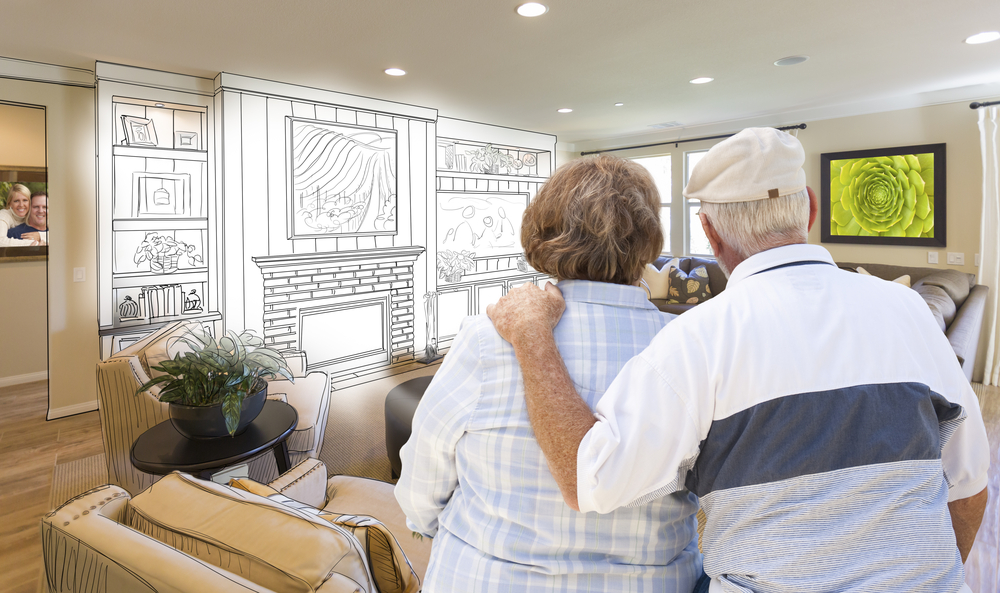Home Modification Services for elderly
The aging process often brings with it certain physical limitations, which can make it challenging for older adults to navigate homes that were once easy for them to live in. The necessity for housing modifications is evident to ensure the safety, convenience, and independence of older adults. This article will delve into what housing modification entails, how homes can be modified to support older adults, and some common examples of house modifications for the elderly.
What is Housing Modification?
Housing modification refers to the process of altering the physical structure and design of homes to accommodate the changing needs and limitations of its occupants. For older adults, these modifications aim to enhance safety, accessibility, and ease of movement within their homes. The alterations can range from simple adjustments like removing trip hazards to major renovations like installing stairlifts or constructing wheelchair ramps.
How Can Homes be Modified to Support Older Adults?
Homes can be modified in numerous ways to support older adults, with the primary goal being to create a safer, more comfortable living environment for them.
-
Removing Trip Hazards: Clearing the home of any obstacles that could cause tripping or falling is a crucial first step. This could involve removing loose rugs, clutter, and rearranging furniture to create clear pathways.
-
Improving Lighting: Good lighting is essential for visibility and can help prevent accidents. Consider installing additional light fixtures or using higher wattage bulbs in areas where more light is needed.
-
Installing Handrails and Grab Bars: These can provide additional support and stability, especially in areas like staircases, bathrooms, and hallways.
-
Adjusting Heights: Lowering the height of beds, toilets, and kitchen counters can make them more accessible to older adults, particularly those with mobility issues.
-
Renovating for Wheelchair Accessibility: If the older adult uses a wheelchair, it may be necessary to widen doorways, install ramps, and modify the bathroom and kitchen for wheelchair access.
Common Examples of House Modifications for Elderly
Several types of modifications can be made to a home to make it more elderly-friendly. Here are some common examples:
-
Walk-In Showers: A walk-in shower with non-slip flooring, a shower seat, and a handheld showerhead can be easier and safer for older adults to use than a traditional bathtub.
-
Stair Lifts: For multilevel homes, stair lifts can be installed to help older adults move between floors without risking a fall.
-
Lever Door Handles: These are easier for older adults to operate than traditional door knobs, especially for those with arthritis or other conditions that affect hand strength and flexibility.
-
Raised Toilets: A raised toilet seat can make it easier for an older adult to sit down and stand up.
-
Non-Slip Flooring: Installing non-slip flooring can help prevent falls, a common risk for older adults.
Housing modifications play a valuable role in supporting the independence and safety of older adults. With the right adjustments, a home can be transformed into a space that accommodates the changing needs and limitations that come with age. Whether it's installing a stair lift, improving lighting, or adjusting the height of countertops, these modifications can significantly enhance the quality of life for older adults, enabling them to continue living comfortably and safely in their own homes.











